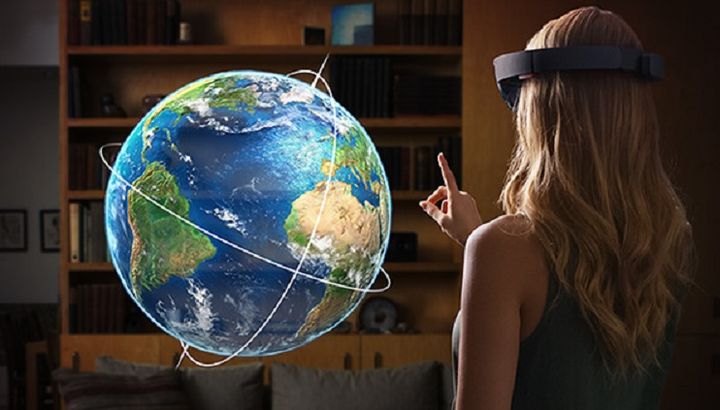
Augmented Reality (AR) and Virtual Reality (VR) have come a long way in recent years. Whether it is high-end VR concepts like Facebook's Oculus Rift, or small, ergonomic concepts like Google Glass, the EyeTap, or ODG Smartglasses, devices that use digital technology to simulate or mediate reality are fast becoming a part of our everyday lives.
Not to be outdone, Microsoft has spent the past few years producing its own take on AR. Known as the HoloLens, this headset is Microsoft's attempt - along with Windows 10's holographic support - to usher in "the era of holographic computing." Though they are still a few years away from full commercial availability, technology of this nature could very alter the way we live, work, and entertain ourselves.
Whereas most AR devices float a display in front of the wearer's field of vision, the HoloLens is a more immersive experience where virtual objects appear inside the physical environment. At the same time, it includes spatial sound that makes it appear as if sound are emanating from virtual objects, and includes a Kinect-like gesture sensor and voice recognition for control and navigation.
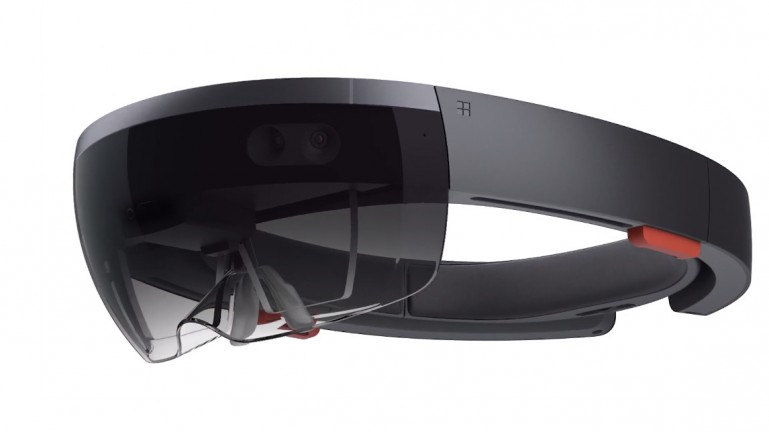
Arguably, the greatest asset of the device is the dynamic nature it has. Rather than requiring a wearer to remain still to enjoy a holographic experience, where simulated objects are fixed in place, the device responds to the movements of the wearer. It starts by mapping the room, then blending holograms in with the surrounding environment to create a 3-D simulation.
Wearer's are then able to pin holograms to physical locations and objects, and then interacting with the two at the same time. According to sources who participated in a series tech demos of the device, the interaction appears fluid and dynamic. Objects become larger when the wearer approaches them, shrink when they move away, and appear to have a front, back, and sides that can be seen by changing one's vantage point.
In this respect, it merges aspects of both smartglasses and the Oculus Rift headset - being both wireless, lightweight and merging holograms with the real world; but also providing a high-definition immersive experience. Not surprising, seeing as how Microsoft has been spending the past few years contemplating how it would make a place for itself in a market currently dominated by both products.
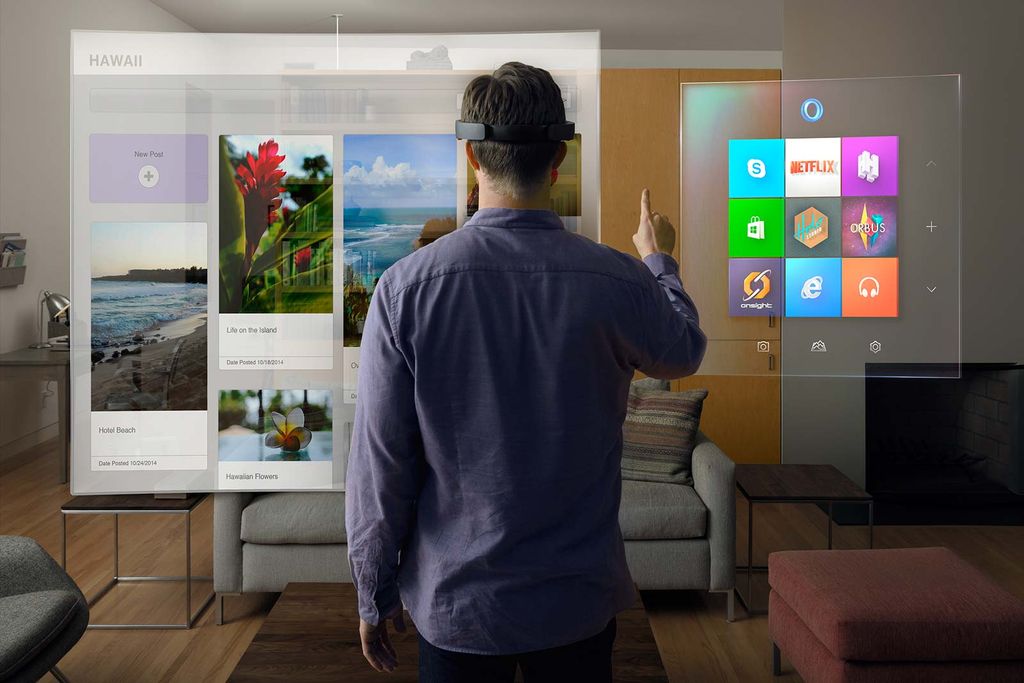
In terms of the HoloLens' applications, Microsoft suggests such uses as remote training - where an instructor appears next to the wearer, indicating virtual objects and showing them how to apply them to the physical world. Industrial use is another strong possibility, where architects and engineers could use the HoloLens to construct everything from virtual buildings and machinery to merchant vessels and advanced prototypes.
Such technology would also be a boon for medical research, where surgeons could produce 3D images of a patients anatomy combining information obtained from CT scans, MRIs, and X-rays. This could elminate the need for exploratory surgery, and help doctor's make a more comprehensive diagnosis. Medical training could also be made cheaper, where holographic training supplements surgical practice on donated cadavers.
Other applications could include being able to simulate household rennovations, like changing the color of the wall paint, or adding wainscoting or new counters. Also, the view outside a person's window or the horizon could be altered to look like something more pleasing to the eye, like swapping out an urban landscape for a simulated view of the country, or the scene of a popular story.
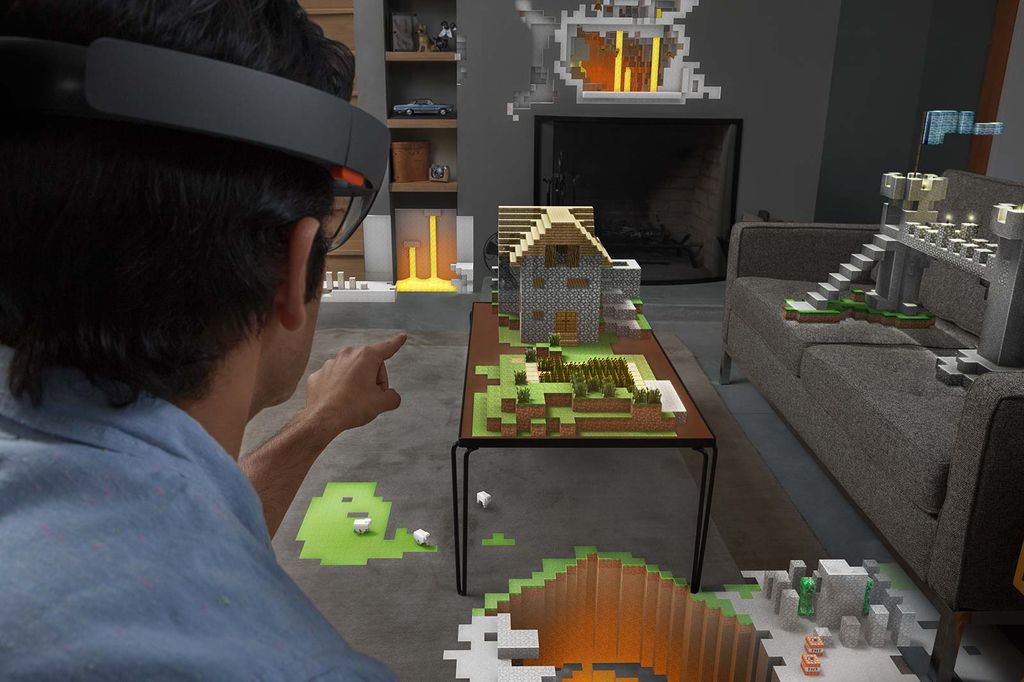 Gaming is another obvious extension, where users could wear the HoloLens to simulate their presence in a first-person-shooter (FPS) environment, or in a massively-multiplayer online role-playing game (MMORPG). And then of course there's what such a device could mean for watching television, movies, and other entertainment features. In all cases, the images would be projected onto a nearby surface as if it were a display screen.
Gaming is another obvious extension, where users could wear the HoloLens to simulate their presence in a first-person-shooter (FPS) environment, or in a massively-multiplayer online role-playing game (MMORPG). And then of course there's what such a device could mean for watching television, movies, and other entertainment features. In all cases, the images would be projected onto a nearby surface as if it were a display screen.
Children's entertainment and playtime could also be enhanced so that instead of just listening to a story, kids get the feeling of actually being in one. Board games could also be made into interactive experiences, not to mention educational games being brought into the classroom. And let's not forget "interactive art", "geocaching", and other location-based, media-related activities.
The HoloLens can also be expected to make an impact on multiple markets. Once its commercially available, everything from home entertainment to smart phones (i.e. anything with a screen) is likely to take its cure from the technology. And given the emphasis on connectivity and smart homes, everything from a home fridge and thermostat is likely to be made compatible in the coming years.
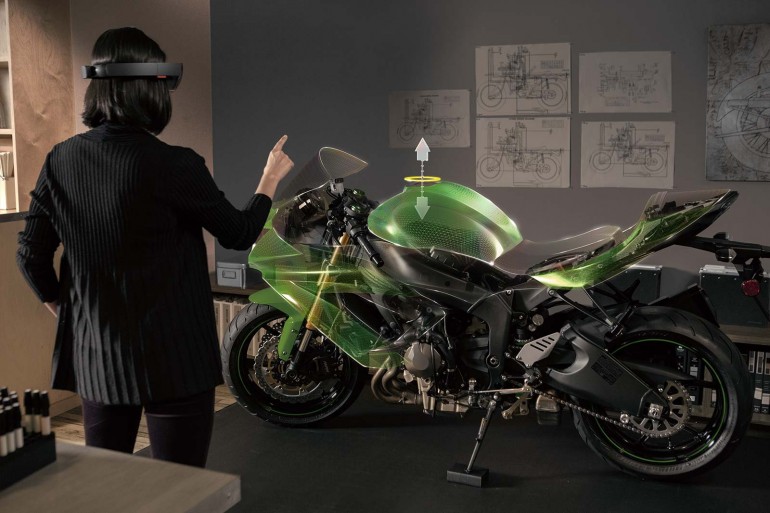
But of course, this is all still many years away and such predictions may be a bit premature. Nevertheless, the Microsoft demos and reviews of the technology definitely agree that such a concept is likely to be a game-changer for the tech industry. As it says on their website: "Holograms are the next evolution in computing."
With this in mind, it would not be surprising to see laptops, smartphones, and displays of each and every kind becoming 3D hologram emitters by the early 2020s. Much like flying cars and commercial trips to the Moon, science fiction certainly predicted as much by the 21st century. As always, it just didn't appear to have the exact date right!
In the meantime, be sure to enjoy this demo video of the HoloLens in action, courtesy of Microsoft:
Sources:
- www.oculus.com/
- www.google.com/glass/start/
- www.microsoft.com/microsoft-hololens/en-us
- www.gizmag.com/microsoft-hololens-details/35708/
- www.wired.com/2015/02/gamelife-podcast-episode-137/
- mypage.siu.edu/derek/locative/
- www.geocaching.com/play
- www.osterhoutgroup.com/system-products
- www.forbes.com/sites/quora/2015/01/30/showdown-the-differences-between-microsoft-hololens-and-oculus-rift/
- www.marketwatch.com/story/microsofts-hololens-actually-could-be-a-game-changer-2015-02-03
Image Credits:
- Top Image:microsoft.com
- HoloLens: gizmag.com
- Desktop: microsoft.com
- Gaming: microsoft.com
- Motorbike: microsoft.com
